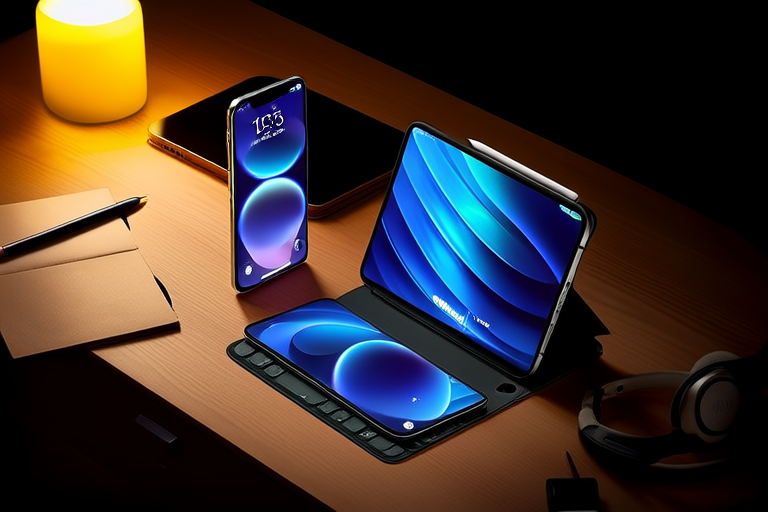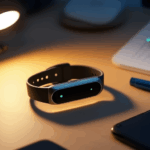“`html
Smartphone vs Tablet: Which is Right for Your Digital Lifestyle?
Introduction
In today’s fast-paced world, choosing the right digital device can significantly enhance your personal and professional experiences. Whether you’re looking to stay connected, entertain yourself, or boost your productivity, both smartphones and tablets offer unique benefits. However, their suitability largely depends on individual preferences and lifestyle. This article aims to provide you with valuable insights to help you make an informed decision about which device best suits your needs.
Understanding Smartphones
What is a Smartphone?
A smartphone is a mobile phone that offers advanced computing capability and connectivity. It combines the features of a personal digital assistant (PDA) with those of a mobile phone, providing users with internet access, email, text messaging, multimedia applications, and much more. Key features include portability, connectivity, and a wide range of apps.
Pros and Cons of Using a Smartphone
- Pros: Portability, ease of use, wide range of apps, and constant connectivity.
- Cons: Limited screen size, shorter battery life, and occasional overheating issues.
Common Use Cases for Smartphones
Smartphones are ideal for quick tasks such as checking emails, browsing the web, taking photos, and making calls. They are also excellent for social media, navigation, and staying connected with friends and family.
Understanding Tablets
What is a Tablet?
A tablet is a portable computer with a touchscreen interface, designed for easy handling and usability. Tablets typically have larger screens than smartphones, offering better viewing experiences and multitasking capabilities. Many tablets also support stylus input, making them popular among artists and designers.
Pros and Cons of Using a Tablet
- Pros: Larger screen size, better viewing experience, longer battery life, and enhanced multitasking.
- Cons: Bulkier design, shorter battery life compared to smartphones, and less portability.
Common Use Cases for Tablets
Tablets excel in entertainment, such as watching movies and playing games. They are also great for productivity tasks like document editing, spreadsheet management, and presentations. Creative professionals often use tablets for drawing, painting, and designing.
Comparing Key Features
Display Sizes, Resolution, and Quality
One of the most noticeable differences between smartphones and tablets is their display sizes. Smartphones typically range from 4 to 6 inches, while tablets usually start at around 7 inches and go up to 12 inches. Larger displays on tablets provide a better viewing experience for activities like video streaming and reading. In terms of resolution, both devices can offer high-definition screens, but tablets generally have higher pixel densities due to their larger sizes.
Processing Power, Battery Life, and Storage Capacities
Smartphones and tablets often come equipped with powerful processors, but tablets generally have more robust hardware configurations, allowing for smoother multitasking and more demanding applications. Battery life varies depending on usage patterns, but tablets tend to have longer-lasting batteries because they are designed for extended periods of use. Storage capacities vary widely across both devices, with options ranging from 32GB to over 1TB.
Software Ecosystems
The choice between iOS and Android is another important factor to consider. iOS, developed by Apple, is known for its simplicity and seamless integration with other Apple products. Android, on the other hand, offers greater customization and a wider range of devices from various manufacturers. Both operating systems have their own app stores, but Android has a broader selection of third-party apps.
Use Cases and Scenarios
Scenarios Where a Smartphone Would Be More Suitable
For tasks that require quick access and portability, a smartphone is often the better choice. For example, checking emails on the go, making phone calls, or navigating through GPS maps. Smartphones are also ideal for social media interactions and casual gaming.
Scenarios Where a Tablet Would Be More Suitable
When it comes to consuming media, working on documents, or playing intensive games, a tablet is often the preferred option. Its larger screen and better multitasking capabilities make it perfect for watching videos, editing spreadsheets, and creating presentations. Tablets are also great for immersive gaming experiences.
Hybrid Devices: Phablets
Phablets, which combine the features of both smartphones and tablets, offer a middle ground for users who want the best of both worlds. These devices typically have screen sizes ranging from 6.5 to 7.9 inches, providing a balance between portability and functionality. Phablets are particularly useful for users who need a larger screen but still want the convenience of a single-handed device.
Conclusion
In conclusion, both smartphones and tablets offer unique advantages depending on individual needs and preferences. Smartphones are ideal for quick tasks and constant connectivity, while tablets excel in entertainment and productivity. When choosing between the two, consider factors such as budget, usage patterns, and personal comfort. By weighing these factors, you can select the device that best fits your digital lifestyle.
“`


